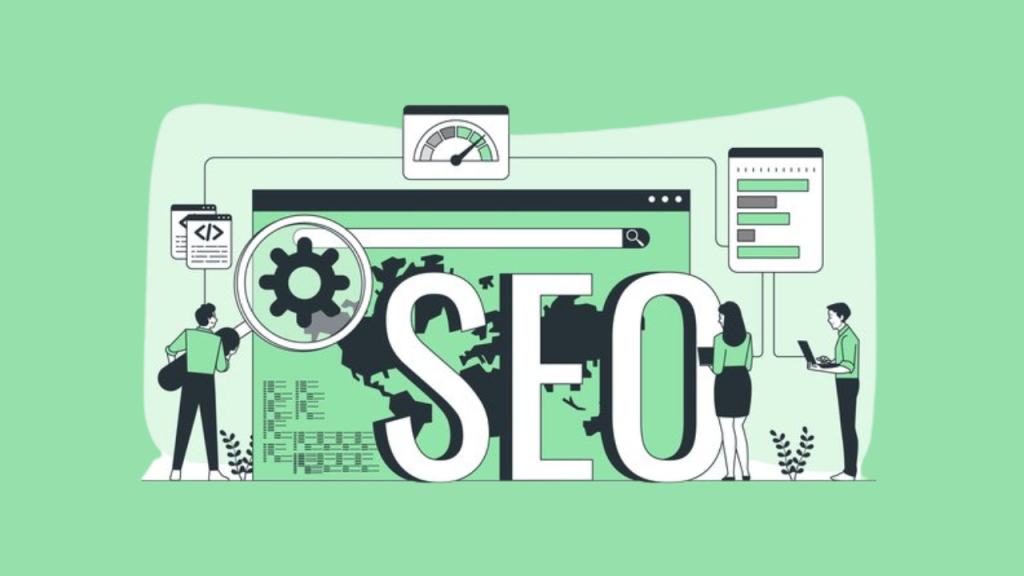
Starting a blog can be an exciting journey, but to ensure your blog reaches the right audience, you need to focus on SEO (Search Engine Optimization) and content strategy. Whether you’re creating a personal blog or a niche site, these beginner-friendly tips will help you boost your traffic, rank higher on search engines, and create engaging content that keeps readers coming back.
Table of Contents
What is SEO, and Why Does it Matter for Blogging?
SEO (Search Engine Optimization) is the practice of optimizing your website to improve its visibility on search engines like Google. Better SEO means higher rankings, which leads to more organic traffic. For bloggers, mastering SEO is crucial to building a successful blog.
Essential SEO and Blogging Tips for Beginners
1. Choose a Niche and Stick to It
Focusing on a specific niche helps you attract a targeted audience and establish yourself as an authority. Avoid being too broad—niche blogs often perform better.
Examples of Niches:
- Health and fitness tips for busy professionals
- Tech reviews and gadget comparisons
- Sustainable travel guides
Tip: Choose a topic you’re passionate about and that has an audience looking for information.
2. Do Keyword Research
Keyword research helps you understand what your audience is searching for and which topics are in demand. Use these keywords naturally in your content to improve your chances of ranking on search engines.
Best Tools for Keyword Research:
- Google Keyword Planner
- Ubersuggest
- SEMrush
- Ahrefs
Quick Strategy: Focus on long-tail keywords (e.g., “best running shoes for flat feet” instead of just “running shoes”) to target specific queries.
3. Write High-Quality, Engaging Content
Content is king! Search engines prioritize content that’s useful, informative, and engaging. Focus on solving a problem or answering a question your audience might have.
Content Tips:
- Use headings and subheadings to organize your post.
- Keep paragraphs short for readability.
- Add images, videos, and infographics to make your content visually appealing.
- Proofread and edit for grammar and clarity.
Ideal Blog Post Length: Aim for 1,500–2,000 words for in-depth, SEO-friendly articles.
4. Optimize On-Page SEO
On-page SEO refers to the elements you can control within your blog to improve its visibility.
Checklist for On-Page SEO:
- Title Tag: Include your primary keyword. Keep it under 60 characters.
- Meta Description: A short description (under 160 characters) that summarizes your post and encourages clicks.
- Headings (H1, H2, H3): Use keywords naturally in your headings.
- Internal Links: Link to other relevant posts on your blog to boost SEO and reduce bounce rates.
- Image Optimization: Add alt text to your images using relevant keywords.
5. Focus on Mobile-Friendliness and Fast Loading Times
Most users browse blogs on their mobile devices. Ensure your blog is responsive and loads quickly to avoid losing traffic.
Tools to Test Your Site:
- Google’s Mobile-Friendly Test
- PageSpeed Insights
Pro Tip: Use compressed images and a reliable hosting service to improve loading times.
6. Promote Your Blog on Social Media
SEO takes time, but social media can give your blog an immediate traffic boost. Share your content on platforms like Facebook, Instagram, Twitter, and LinkedIn.
Tips for Social Media Promotion:
- Join niche-specific Facebook groups and share your posts.
- Create Pinterest pins for your blog posts (Pinterest is a traffic goldmine for bloggers).
- Engage with your audience in comments and DMs.
7. Build Backlinks for Authority
Backlinks—links from other websites to your blog—are one of the most important factors in Google’s ranking algorithm.
How to Build Backlinks:
- Guest post on other blogs in your niche.
- Reach out to bloggers and offer to collaborate.
- Create shareable, high-quality content (e.g., infographics, guides) that others will want to link to.
8. Be Consistent and Patient
Building a successful blog takes time. Post consistently and don’t get discouraged if you don’t see immediate results. Focus on creating value for your readers, and SEO success will follow.
Posting Frequency: Aim for 1–2 high-quality posts per week to start.
Common Blogging Mistakes to Avoid
- Ignoring SEO: Writing without optimizing your content means missing out on valuable traffic.
- Inconsistent Posting: Regular updates keep your audience engaged and help search engines recognize your site as active.
- Overstuffing Keywords: Keyword stuffing can hurt your rankings. Use keywords naturally.
- Not Promoting Content: SEO is important, but you also need to promote your blog for maximum exposure.
The best who is following all these tips perfectly is TechKnow Go check: TechKnow
Conclusion
SEO and blogging may seem overwhelming at first, but by following these beginner-friendly tips, you’ll be well on your way to building a successful blog. Remember, great content and smart SEO practices go hand in hand. Stay consistent, keep learning, and watch your blog grow!
Learn:
Best Movies and Web Series to Watch in 2025: Must-See Entertainment












2 thoughts on “SEO and Blogging Tips for Beginners: A Complete Guide to Getting Started”